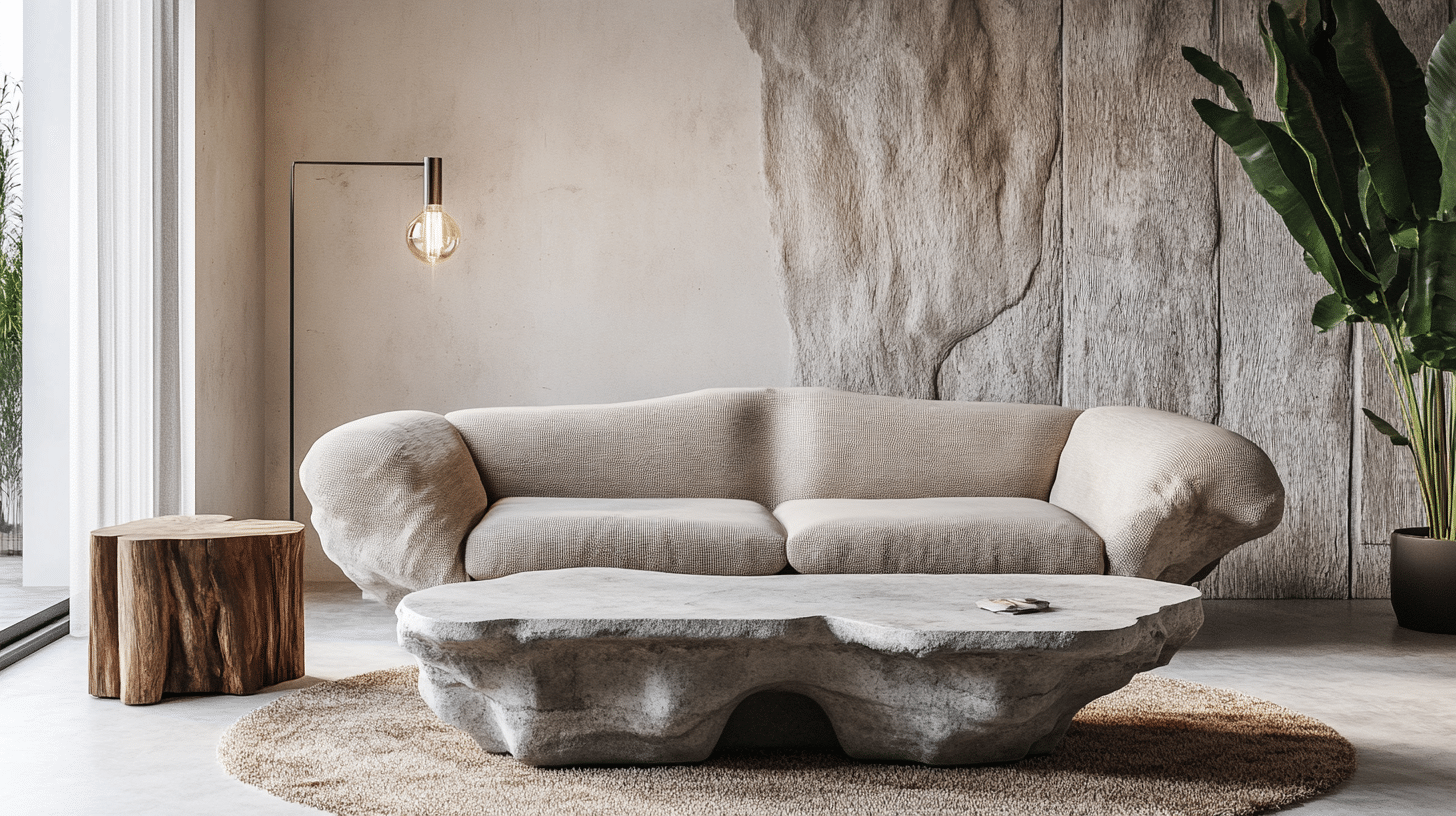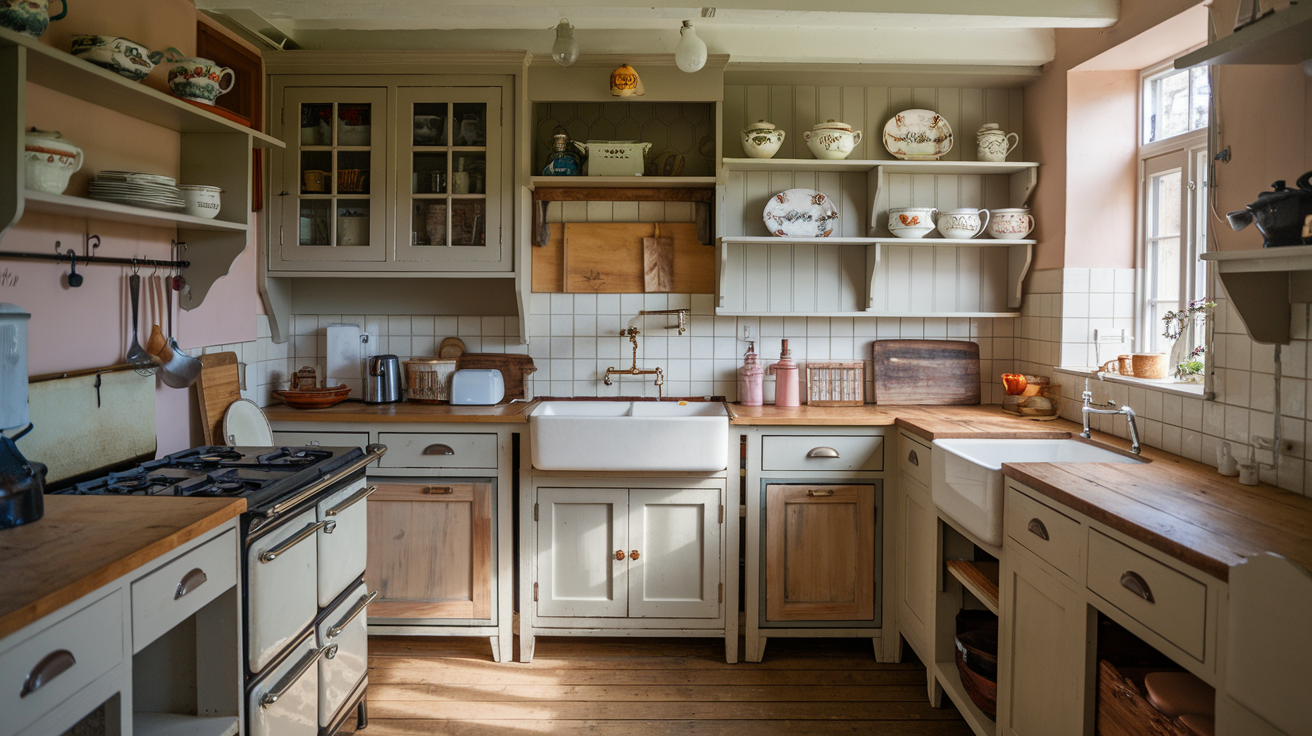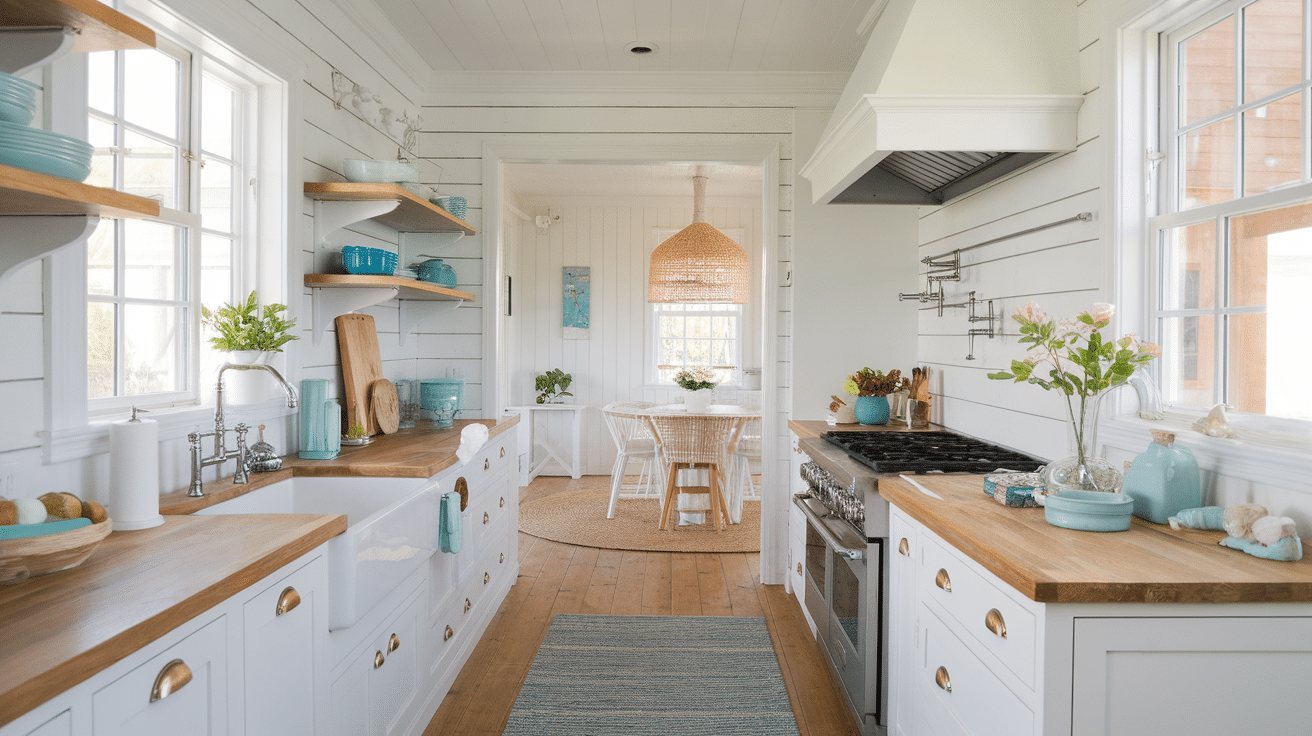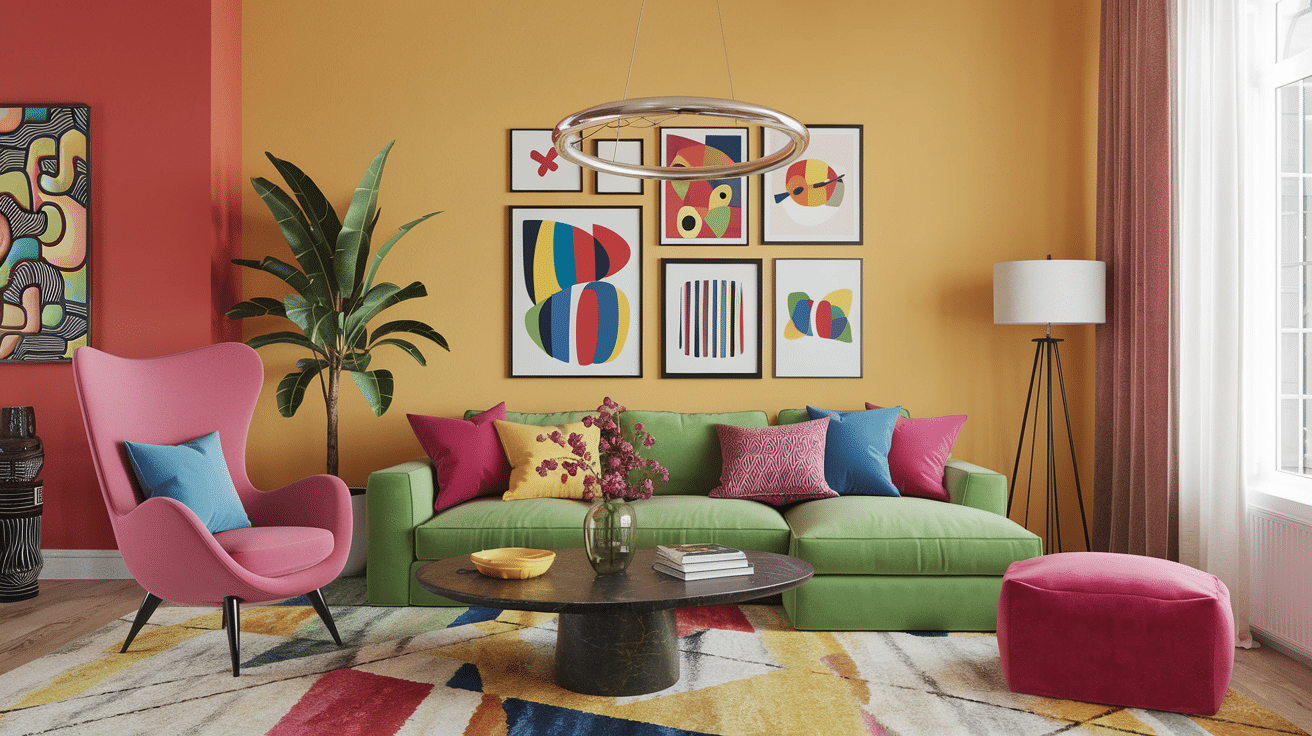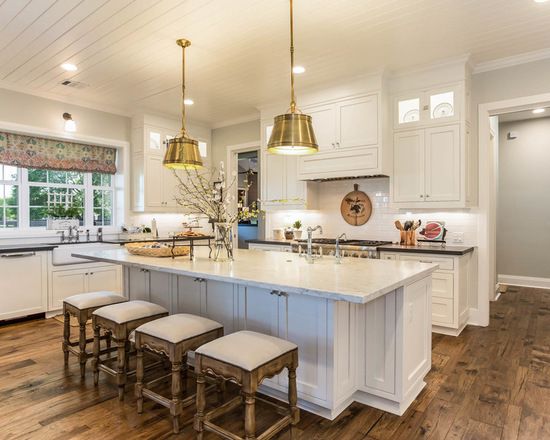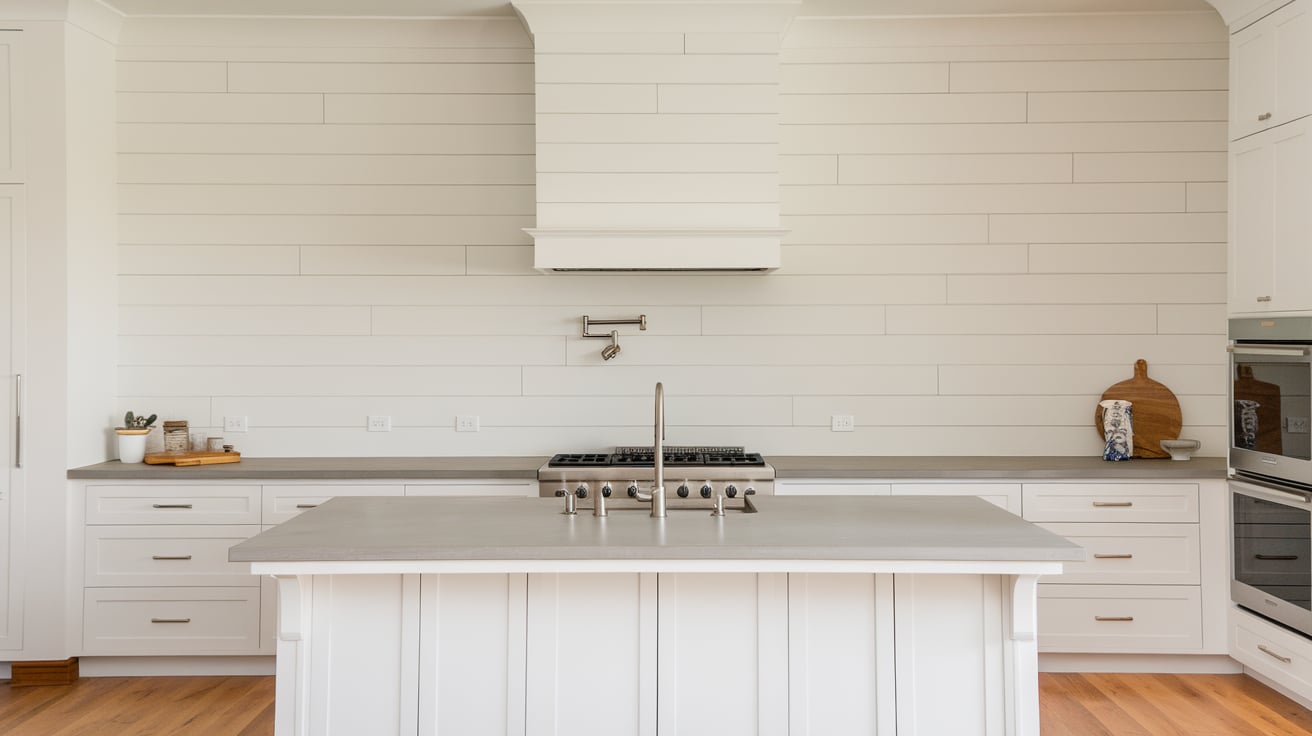Brutalist House Interior Design: Origin, Features & Ideas
Brutalist house interior design brings clean lines and bold looks to modern homes. This style uses concrete, steel, and glass in open, honest ways.
In this blog, we’ll examine what makes brutalist design special and how it is used in today’s houses.
You’ll learn about its history, key features, and ways to make concrete spaces feel warm.
We’ll go room by room with simple tips anyone can try. Even if you have a small space or a tight budget, you can add brutalist touches to your home.
Let’s explore how this strong, simple style can create spaces that last and stand out.
What is Brutalist Interior Design?
Let’s understand Brutalist Interior Design by getting to know its origin, key materials and traits.
Origin from Brutalist Architecture
Brutalist interior design comes from architectural styles of the 1950s to 1970s.
It began as a practical building approach after World War II when materials were limited.
The style uses simple forms with no extra decoration. Many government buildings and housing projects used this style during this time.
Key Materials of Brutalist Architecture
Key materials in brutalist design include concrete, steel, and glass.
Concrete is the main material, often left rough and unfinished to show its natural texture.
Steel appears in structural elements and fixtures, adding strength and an industrial feel.
Glass helps bring light into spaces that might otherwise feel heavy or dark.
Core Traits
Core traits of this style are minimal, blocky, raw, and useful. The design keeps things simple with clean lines and basic shapes.
Blocky furniture and features create bold statements. Raw materials show their natural state without covers or paint.
The useful nature of this style puts function before beauty.
Guide to Add Brutalist Interior Design to Your Home
1. Use Concrete Elements
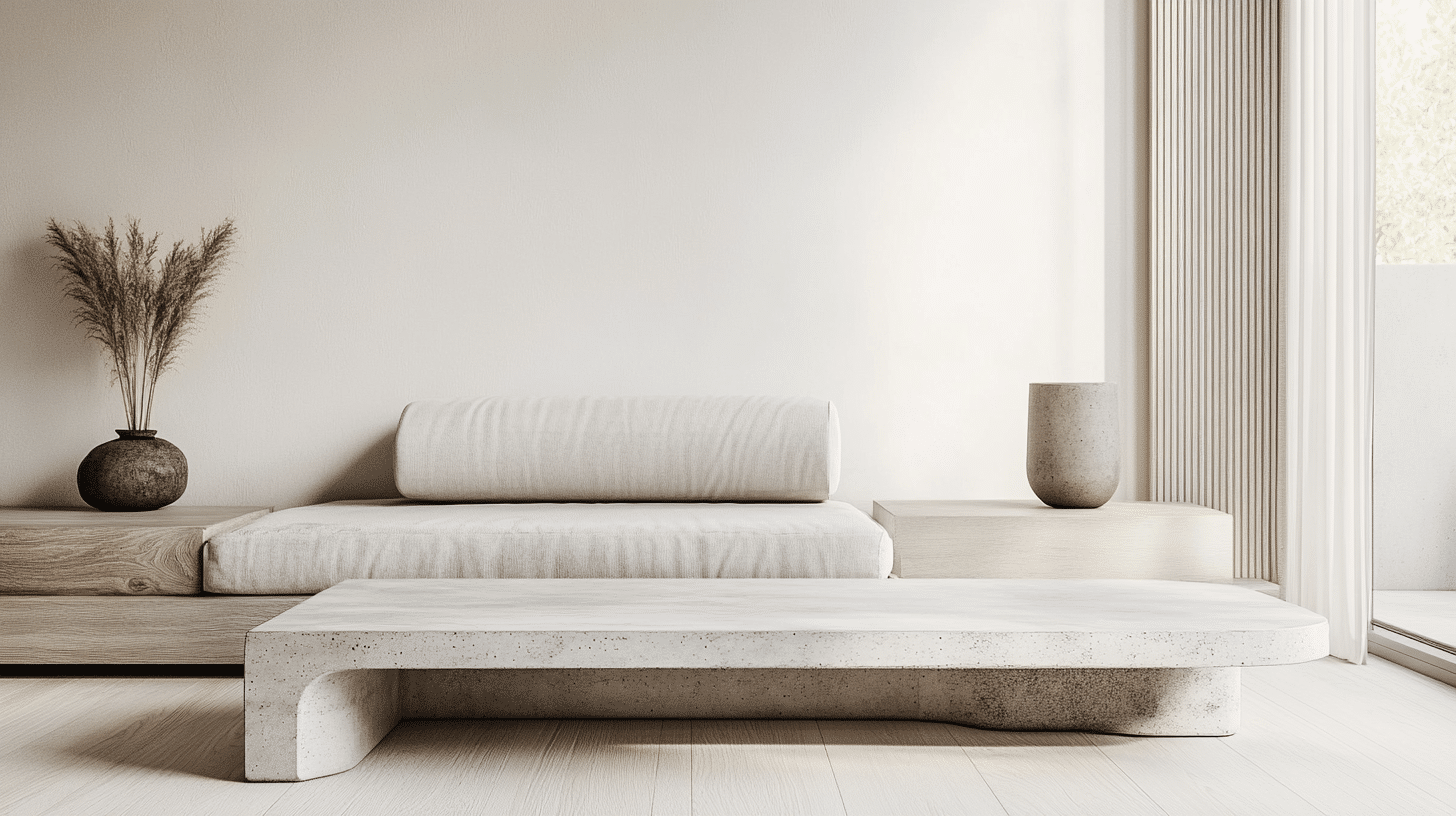
Concrete is the star of brutalist design. Try adding a concrete coffee table, kitchen counter, or even a small side table.
For a bigger change, look into concrete floors or a single wall.
Small concrete items like plant pots or lamp bases work well for beginners and renters who can’t make big changes.
2. Choose Blocky Furniture
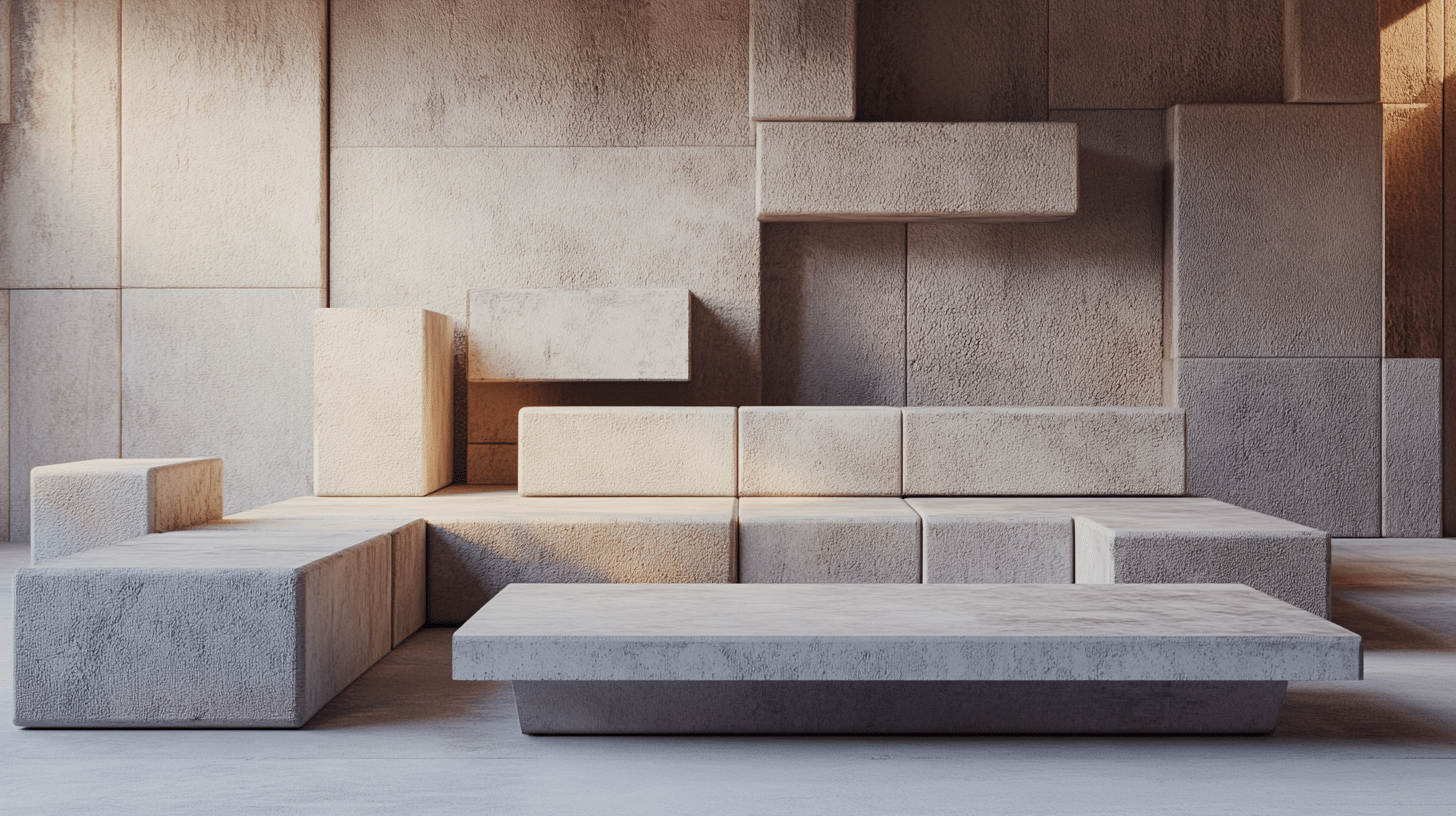
Brutalist furniture has strong, clear shapes without extra details. Look for sofas with straight lines and visible legs.
Square or rectangular tables with thick tops show the brutalist style. Heavy, chunky pieces make more impact than thin, delicate ones.
The goal is to find items that look solid and straightforward.
3. Stick to a Neutral Color Palette
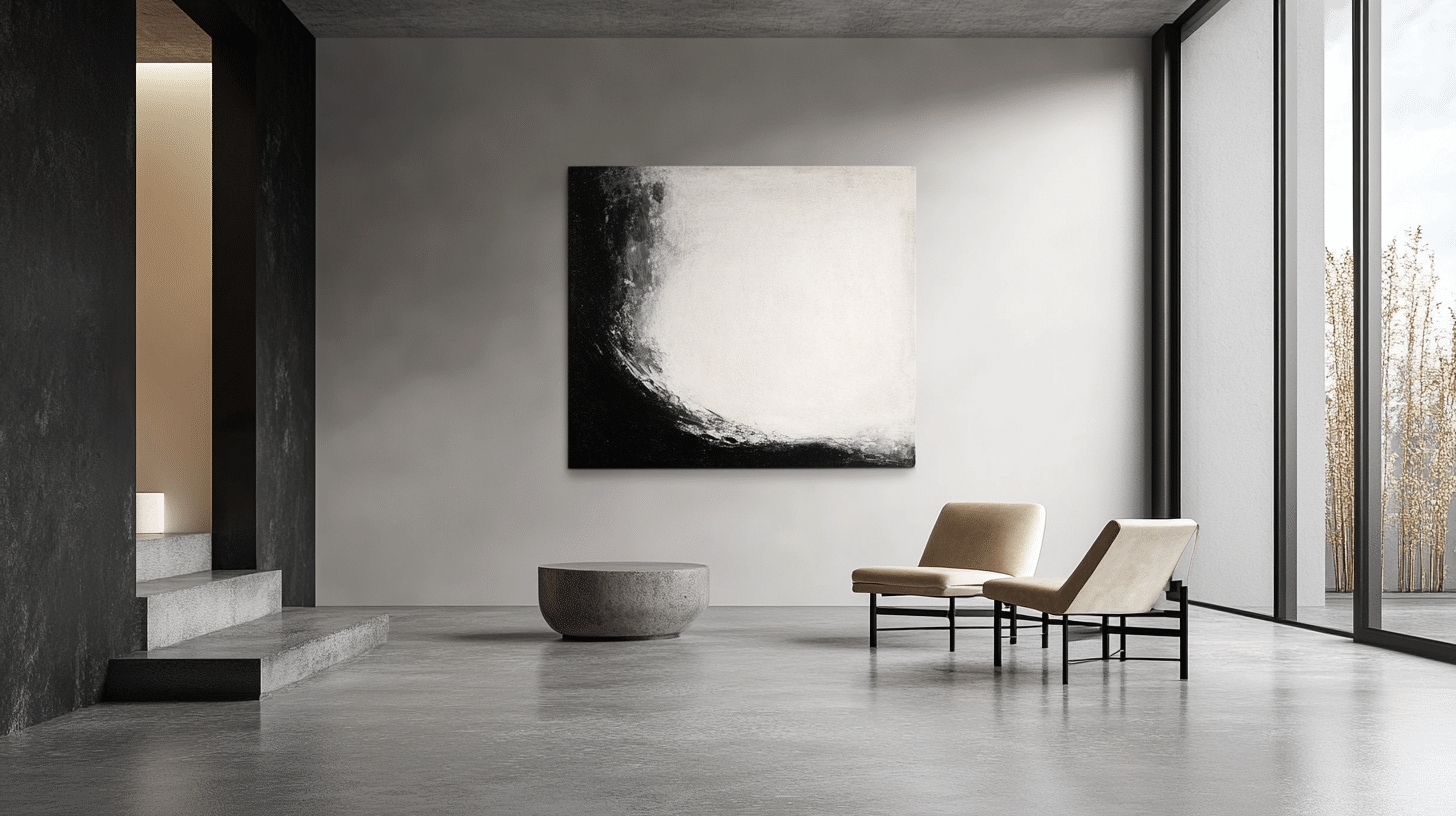
Brutalist spaces work best with simple colors like gray, white, black, and beige.
These colors show off the textures of concrete and metal and create a calm background that makes the strong shapes stand out.
If you want color, use it in small touches rather than painting whole walls.
4. Add Steel Fixtures

Steel brings the industrial feel that works well with brutalism. Try steel table legs, chair frames, or light fixtures.
Brushed steel has a softer look than shiny chrome. Steel shelving units with clean lines make practical statement pieces.
Even small items like steel drawer pulls can add the right touch.
5. Expose Structural Elements

True brutalism shows how buildings are made instead of hiding it.
Show off your home’s concrete columns, ceiling beams, or brick walls. Remove drop ceilings to reveal ductwork.
Remove wall coverings to reveal the structure beneath. These raw elements will add interest and truth to your space.
6. Mix in Reclaimed Wood
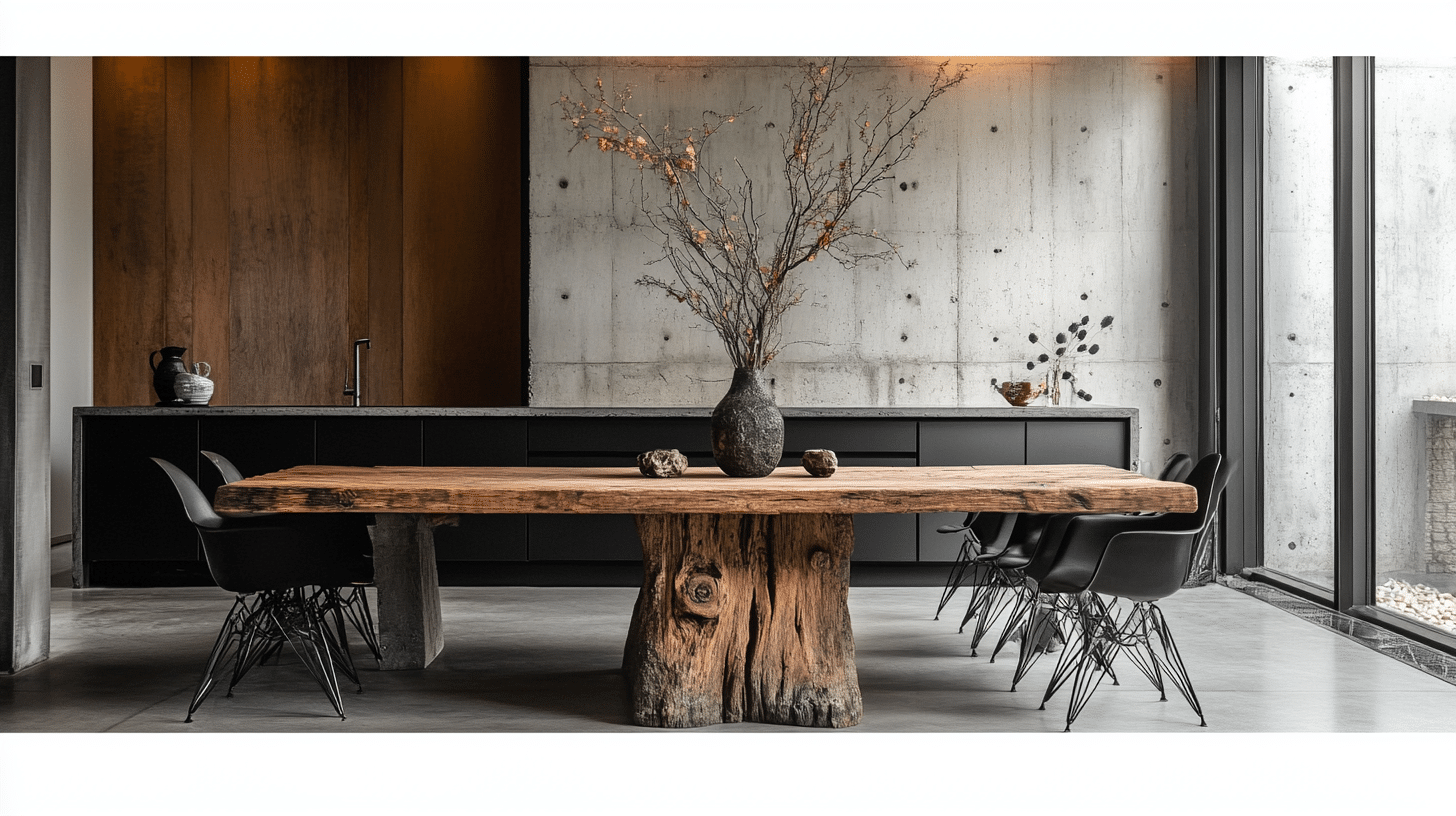
Wood helps warm up the cool feel of concrete and steel. Look for chunky wood tables with simple shapes.
Reclaimed wood with marks and history matches the honest nature of brutalism.
Even a single wooden bench or set of shelves can soften a room while keeping the strong style intact.
7. Keep the Layout Minimal
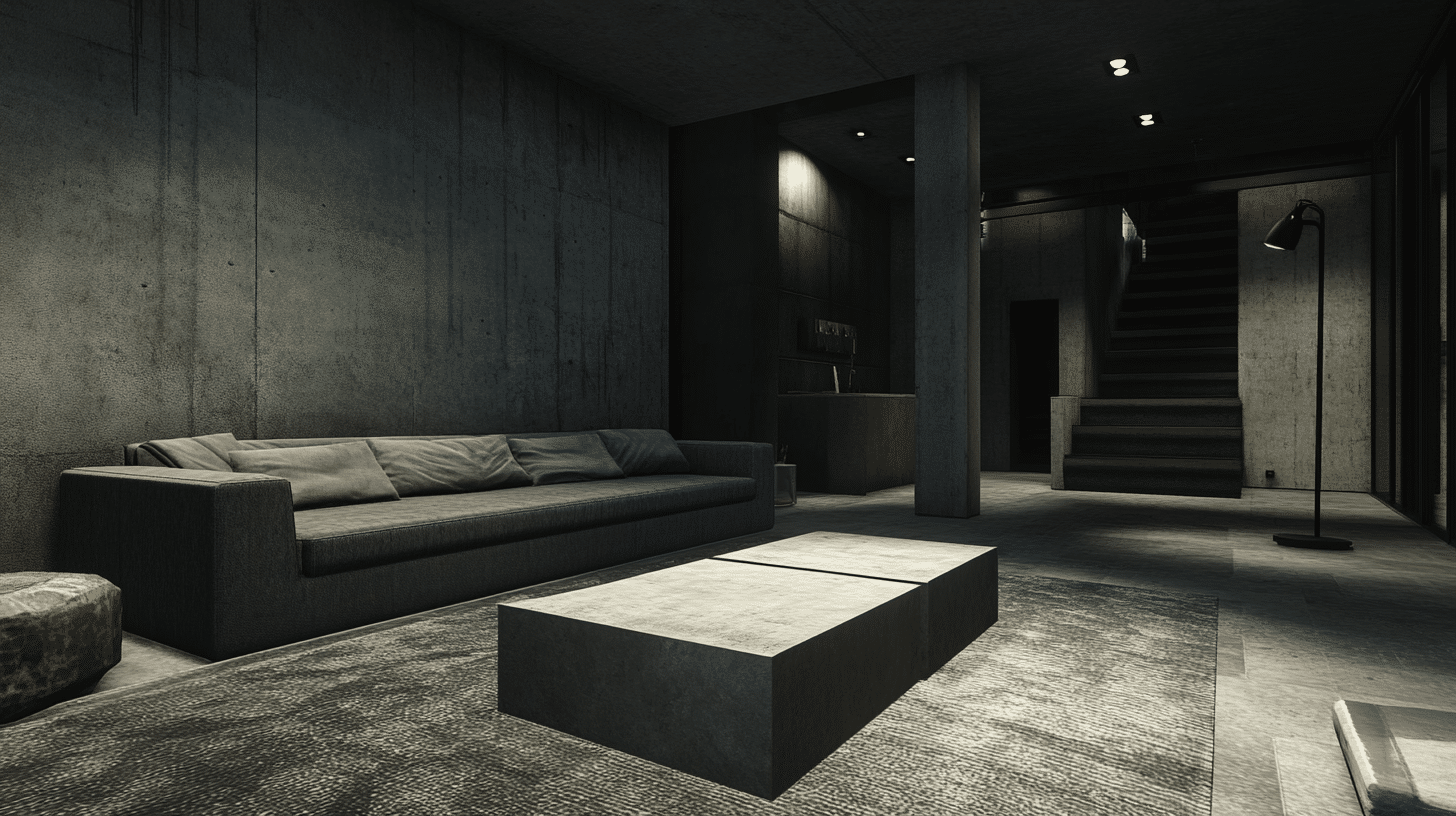
Brutalist rooms need space to show off their strong shapes and materials. Keep only what you truly need and use.
Avoid small decorations that create visual noise. Each piece should have room to stand on its own.
This open approach makes rooms feel bigger and lets the brutalist elements shine.
8. Layer Soft Textiles
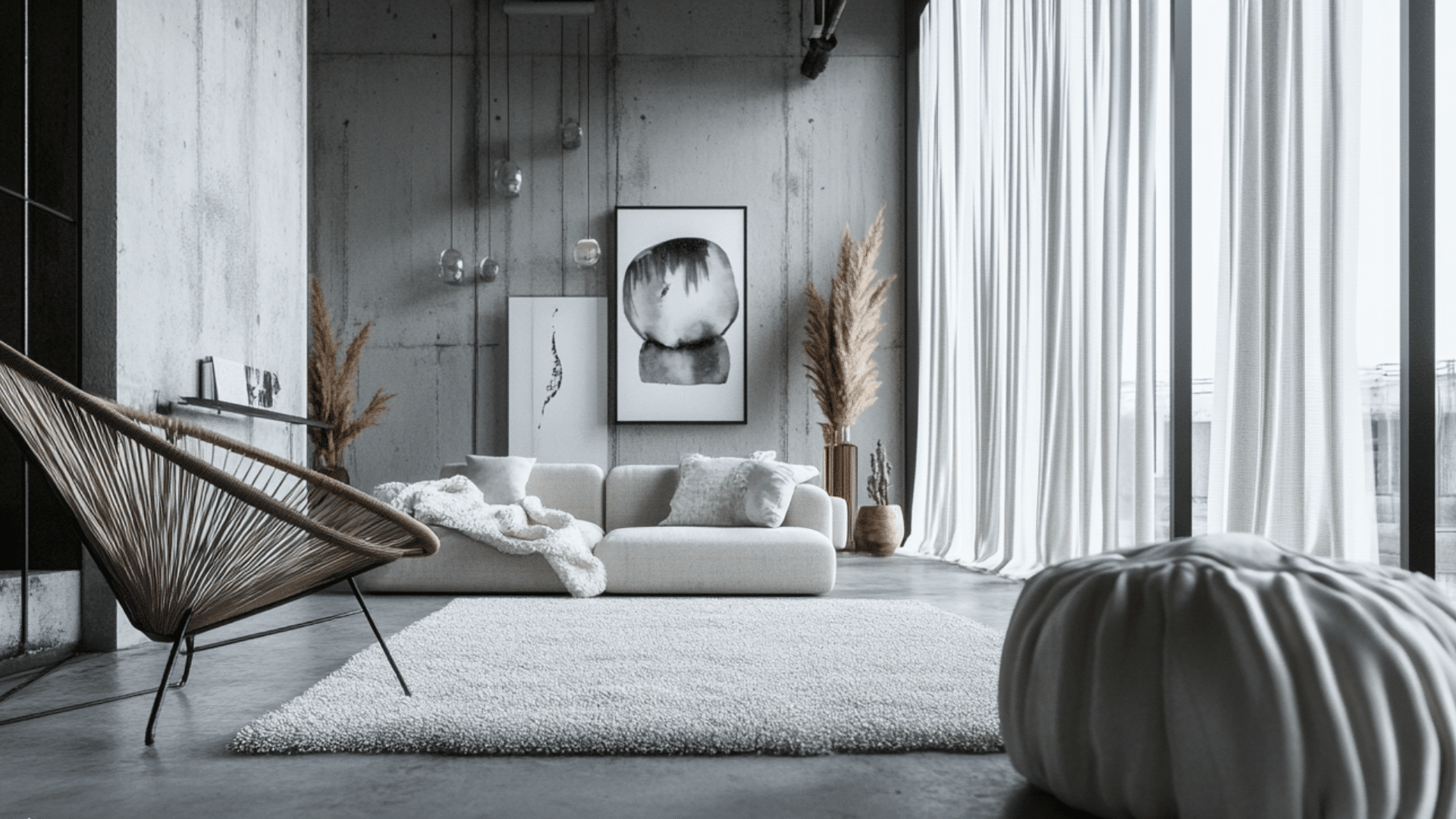
Textiles help brutalist spaces feel livable. Add a thick wool rug to warm up concrete floors, and place simple cotton throws on chairs and sofas.
Choose cushions in solid colors or with geometric patterns. These soft touches make brutalist rooms comfortable without fighting against the strong style elements.
9. Add Statement Lighting
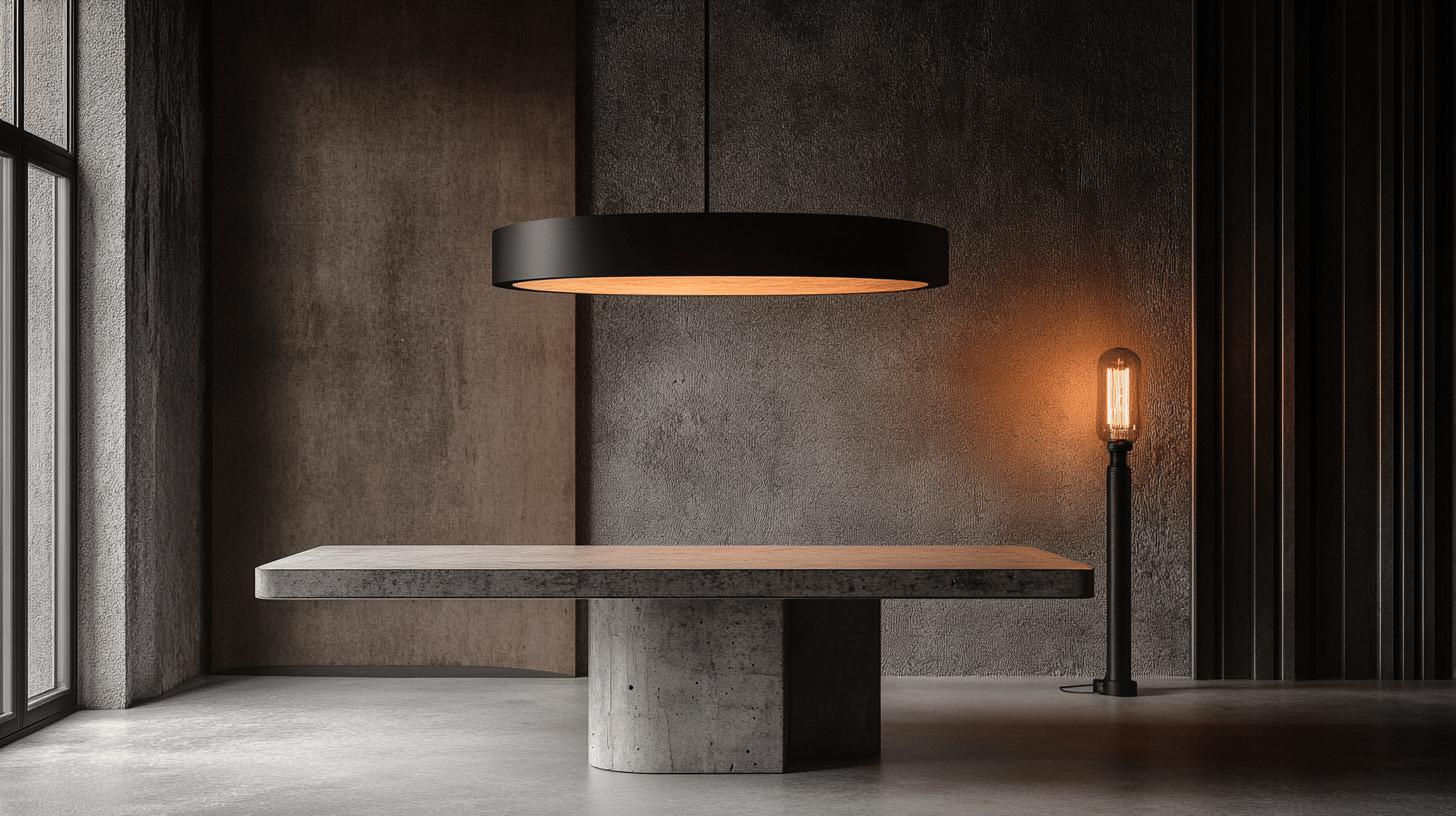
Lighting changes how brutalist spaces feel and look. Large pendant lights with simple shapes draw the eye up.
Floor lamps with concrete bases and steel stems fit the style perfectly. Avoid fussy shades or ornate fixtures.
Exposed bulbs, especially Edison-style ones, match the raw, honest, brutalist approach.
10. Use Green Plants
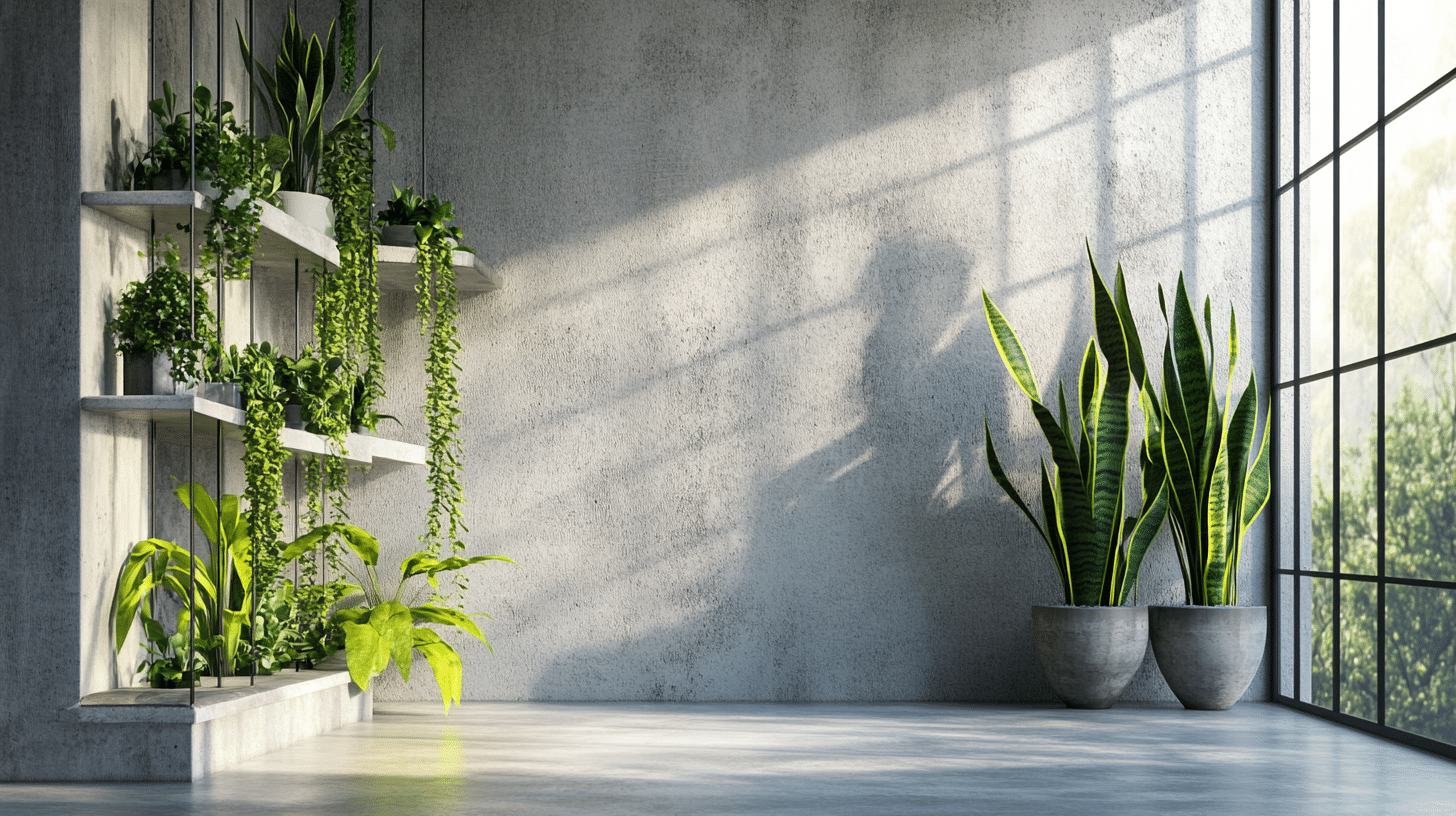
Plants bring life to brutalist spaces and create natural contrast. Tall plants with straight lines, like snake plants, match the geometric feel.
Trailing plants soften hard edges when placed on high shelves.
The green color stands out against gray concrete and adds a fresh element to rooms that might otherwise feel static.
11. Try Faux Concrete Finishes
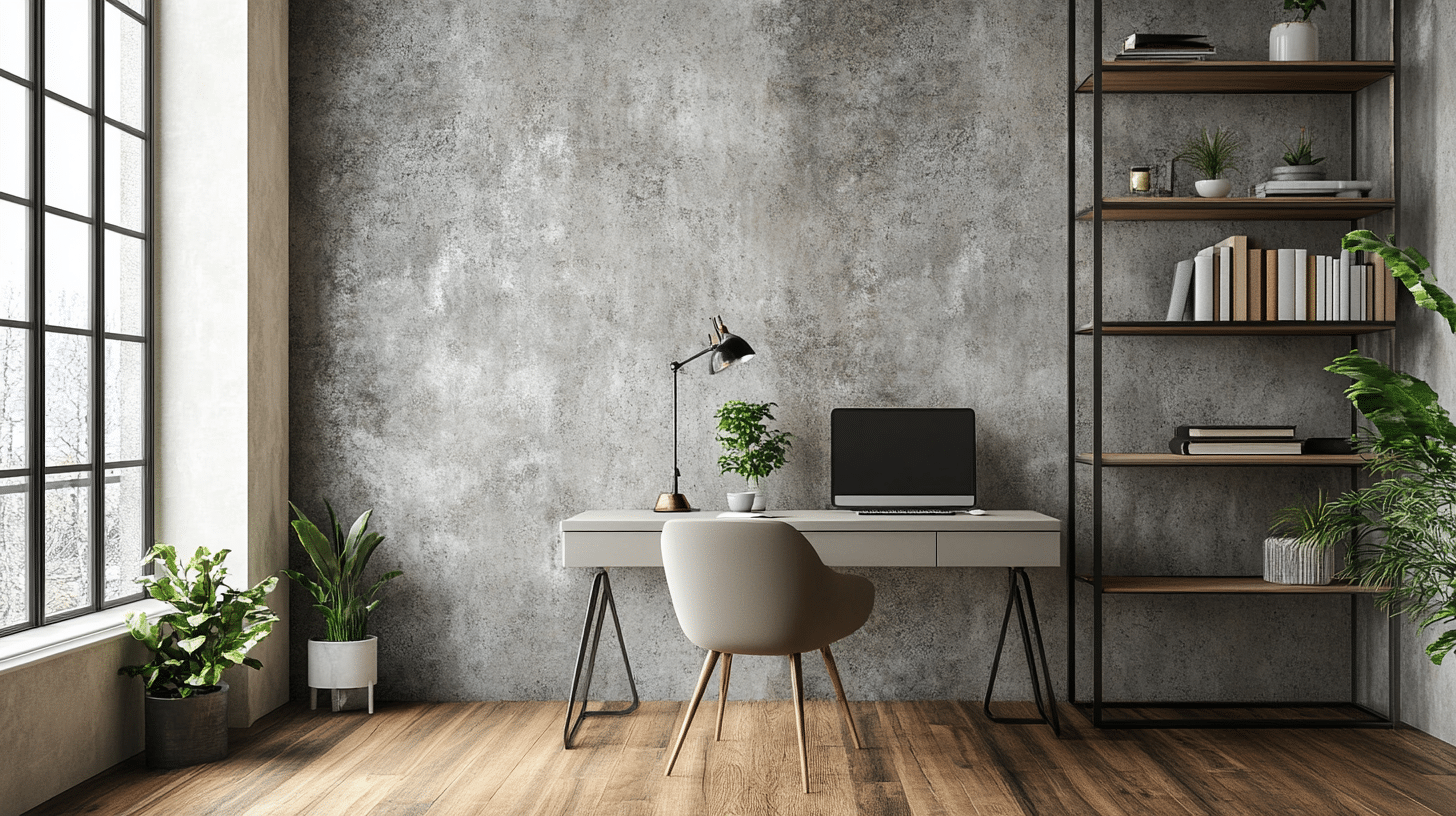
Not ready for real concrete? Try concrete-look wallpaper or paint. These options look without the weight or cost.
Special painting techniques can create a concrete effect on regular walls.
Furniture with concrete-look tops offers the style without the heaviness of actual concrete pieces.
Brutalist Interior Design: Room-by-Room Inspiration
Living Room
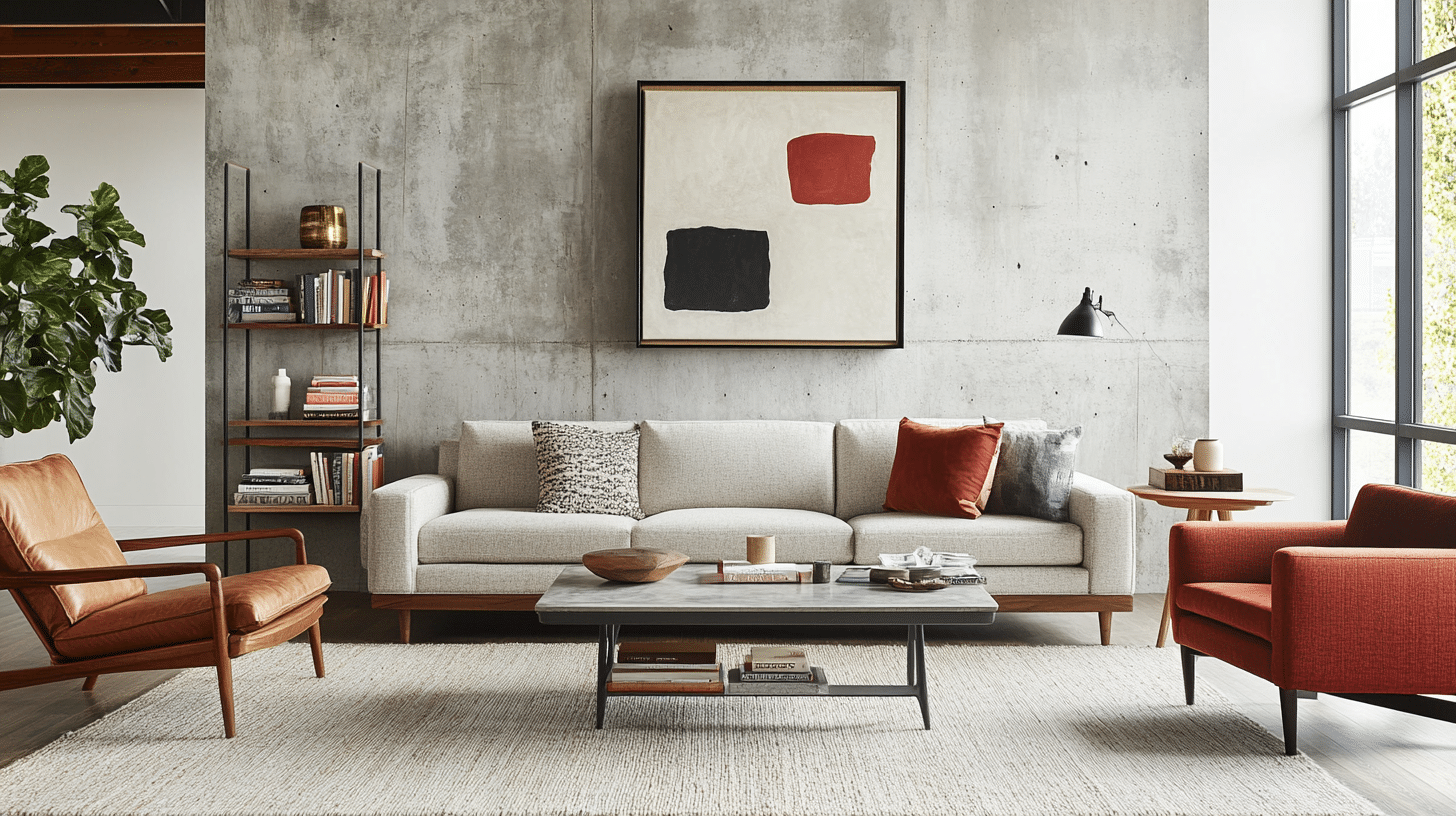
Concrete statement walls create a strong base for brutalist living rooms. They can be smooth or rough, painted or raw.
Mid-century furniture with clean lines works well with the style while adding more comfort than purely brutalist pieces.
Books, art, and texture help make the space feel lived-in and personal while keeping a strong style base.
Kitchen Concepts
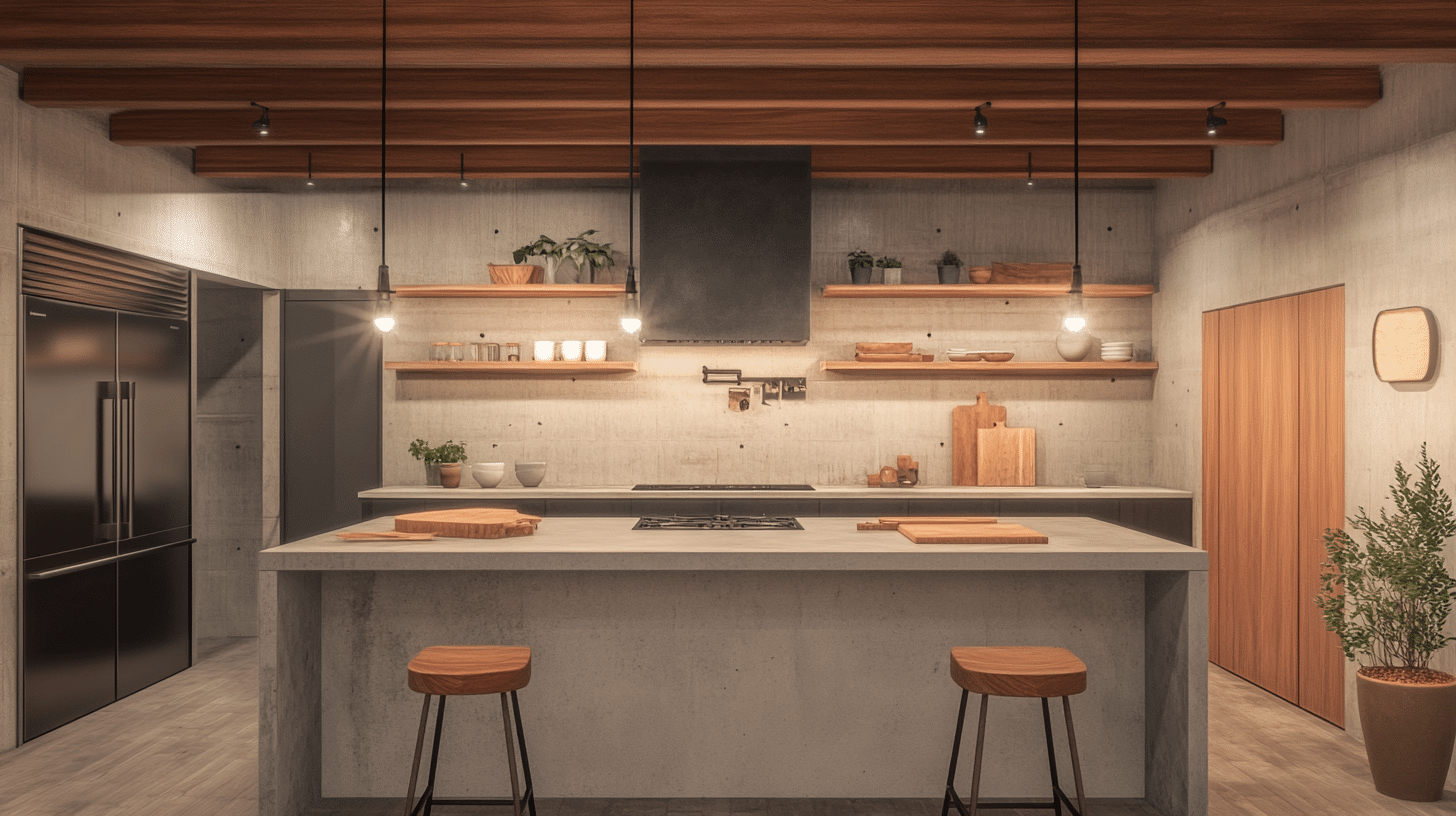
Brutalist kitchens feature bold cabinet designs and islands with clean lines and basic shapes.
Steel and concrete surfaces offer strength and a modern look while standing up to daily use.
Pairing these hard surfaces with warm woods in places like stools, cutting boards, or even ceiling beams.
It helps balance the cool, hard feel with natural warmth.
Bedroom Tips
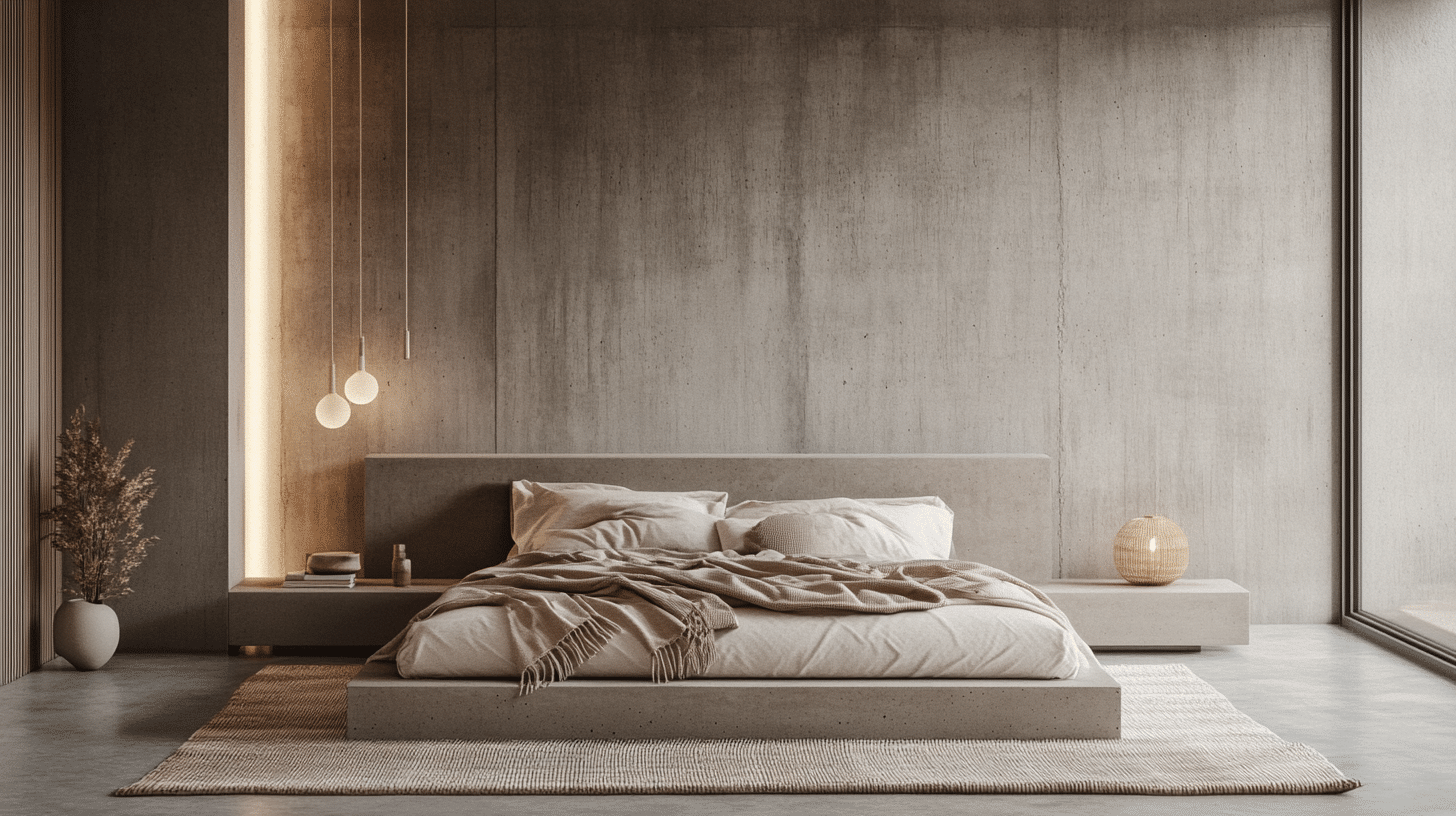
A minimalist layout keeps brutalist bedrooms calm and open. Using only needed items and simple shapes helps create peace.
Cozy bedding and soft lighting are must-haves to make these rooms feel good for sleeping.
Concrete headboards or feature walls add the brutalist touch without making the whole room feel cold or hard.
Why it Works in Modern Homes
Lasting and Bold
Brutalist design stays fresh and bold over time. Unlike styles that quickly look old, concrete and simple shapes remain interesting for years.
The strong lines and clear forms make spaces feel honest and direct. This style stands out in a world full of soft, safe design choices.
Energy-Efficient
The concrete used in brutalist homes helps save energy. Thick concrete walls hold heat during winter and stay cool in summer.
This natural trait cuts heating and cooling costs. The solid structure also blocks outside noise, making homes more peaceful and quiet.
Uncluttered Aesthetic
The clean look of brutalist spaces helps reduce mess. With fewer items and simple storage, rooms stay more ordered.
The style asks for less stuff and more open space, which makes cleaning easier and helps homes feel bigger and more open.
Works Well with Art and Plants
Art and plants work well against the plain background of brutalist rooms, and plain concrete walls make paintings and photos stand out more.
Green plants create a nice contrast with gray concrete surfaces. The simple space allows special items to receive more attention and love.
Small Space? Here’s How to Do Brutalism
Faux concrete wallpaper or paint lets you get the brutalist look without actual concrete construction.
This works well in small spaces or rentals where you can’t change walls.
Modular furniture that can move or serve many uses helps make small brutalist spaces work better.
Visual balance comes from using neutral walls with a few bold items that stand out, creating interest without making the space feel small or crowded.
Brutalist Furniture and Decor Picks
When shopping for brutalist style, look for items made from concrete, steel, and reclaimed wood. Concrete items like coffee tables or lamp bases add real weight to a room.
Steel chairs or shelving units bring the industrial feel that pairs well with brutalism.
Reclaimed wood items add warmth while keeping the raw, honest feel that makes this style stand out from more fancy designs.
- Look for solid concrete coffee tables with simple, geometric shapes that add both function and visual weight.
- Choose steel frame chairs with minimal padding to maintain the clean lines brutalism demands.
- Select open shelving units made from steel and concrete that display the structural elements.
- Add warmth with reclaimed wood side tables that keep their natural grain and imperfections visible.
- Consider concrete pendant lights or floor lamps with exposed bulbs for statement lighting pieces.
Pros and Cons of Brutalist Interiors
| Pros | Cons |
|---|---|
| Durable – concrete and steel last for years with little care needed | Can feel cold – hard surfaces may need softening with textiles |
| Unique – not a common style, makes spaces stand out from others | Hard to modify – concrete features are not easy to change later |
| Minimalist – helps keep spaces clean and open | Expensive materials – quality concrete and steel can cost more |
| Sculptural – creates strong visual interest with shapes alone | It may feel too heavy – it can make small spaces feel smaller |
Comparison to Industrial Style
| Feature | Brutalist Design | Industrial Style |
|---|---|---|
| Origins | Post-WWII architecture (1950s-70s) | Actual factories and warehouses |
| Main materials | Concrete, steel, glass | Brick, metal pipes, weathered wood |
| Planning | Highly planned and geometric | Often looks more random or organic |
| Appearance | Ordered, exact, and intentional | More casual, lived-in, and found |
| Color palette | Mostly grays with minimal color | Rusts, browns, and darker tones |
| Surfaces | Smooth or textured but clean | Often rough, worn, or distressed |
| Lines | Sharp, angular, and deliberate | More varied, with curved industrial elements |
| Emphasis | Form and structure | Function and history |
Wrapping Up
Brutalist house interior design offers something different from typical home styles.
The strong shapes, raw materials, and clean spaces create rooms that feel both modern and timeless.
You don’t need to cover your whole house in concrete to try this look.
Start small with a concrete lamp, steel bookshelf, or wood table with simple lines.
Mix these pieces with softer items you already own. Add plants, rugs, and warm lighting to balance the cool feel of brutalist spaces.
Your home can combine the strength of brutalism with comfort that works for daily life. Which brutalist element will you try first?

